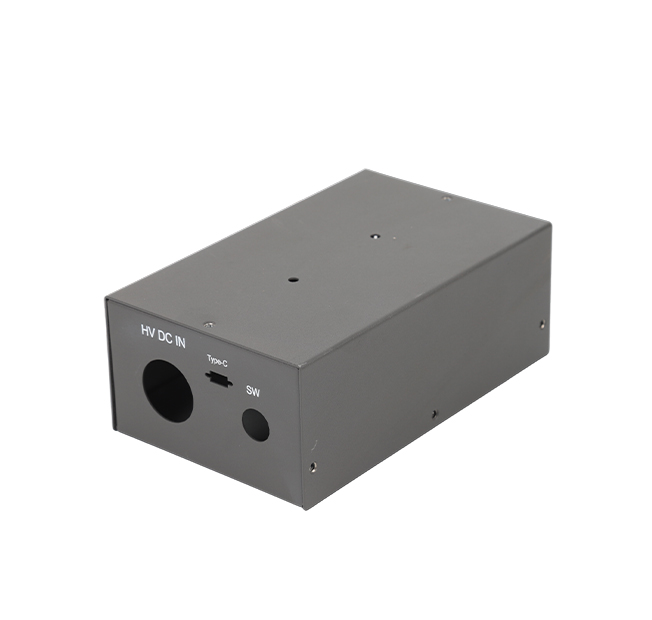Time:2025-05-23 Views:0 source:CNC Machining customization source:CNC Machining news

Quality inspection standards for stamping parts processing play a vital role in ensuring the quality and reliability of stamping parts. Understanding and correctly implementing these standards is essential for manufacturers to meet customer requirements and industry regulations.
Dimensional accuracy is one of the key aspects covered by quality inspection standards. Stamping parts must meet the specified dimensional tolerances to ensure proper assembly with other components. Inspection methods for dimensional accuracy include using precision measuring instruments such as calipers, micrometers, and coordinate measuring machines (CMMs). The standards define the allowable deviation ranges for different dimensions of the stamping parts. For example, in automotive stamping parts, the dimensional tolerance for critical assembly dimensions may be within ±0.1 mm, while for non - critical dimensions, it could be ±0.3 mm. Regular calibration of measuring instruments is also required to ensure the accuracy of the inspection results.
Surface quality is another important factor. The standards specify requirements for surface finish, such as roughness, scratches, and dents. A smooth surface finish is often required to prevent stress concentrations and ensure proper functionality, especially for parts that are subject to fatigue or corrosion. Optical inspection methods, such as using microscopes or visual inspection with specific lighting conditions, are commonly used to detect surface defects. For some high - quality stamping parts, the surface roughness may be required to be within a certain Ra value (e.g., Ra ≤ 0.8 μm).
Material quality and mechanical properties are also strictly regulated. The inspection standards require that the stamping parts be made of materials that meet the specified chemical composition and mechanical property requirements. Chemical analysis methods, such as spectroscopy, are used to verify the chemical composition of the materials. Mechanical property tests, including tensile tests, hardness tests, and impact tests, are conducted to ensure that the parts have the required strength, hardness, and toughness. For example, for stamping parts used in construction machinery, the yield strength and tensile strength must meet or exceed the specified values to ensure the safety and reliability of the machinery.
In addition, the quality inspection standards may also cover aspects such as assembly performance, corrosion resistance, and fatigue life. Assembly performance is verified by checking the fit and function of the stamping parts when assembled with other components. Corrosion resistance tests, such as salt - spray tests, are used to evaluate the ability of the parts to resist corrosion. Fatigue life tests are carried out for parts that are subject to cyclic loading to predict their service life.
Interpretation and implementation of these quality inspection standards require trained quality inspectors and appropriate inspection equipment. By adhering to these standards, manufacturers can ensure that the stamping parts they produce meet high - quality requirements, enhancing customer satisfaction and the company's reputation in the market.
Read recommendations:
Sealing ring Precision electronic parts
Housing components for recessed downlights Precision electronic parts
Oval Magnetic Hardware Precision electronic parts
CNC Machining Dimension Accuracy
CNC processing factory - Meeting customers' strict requirements for precision